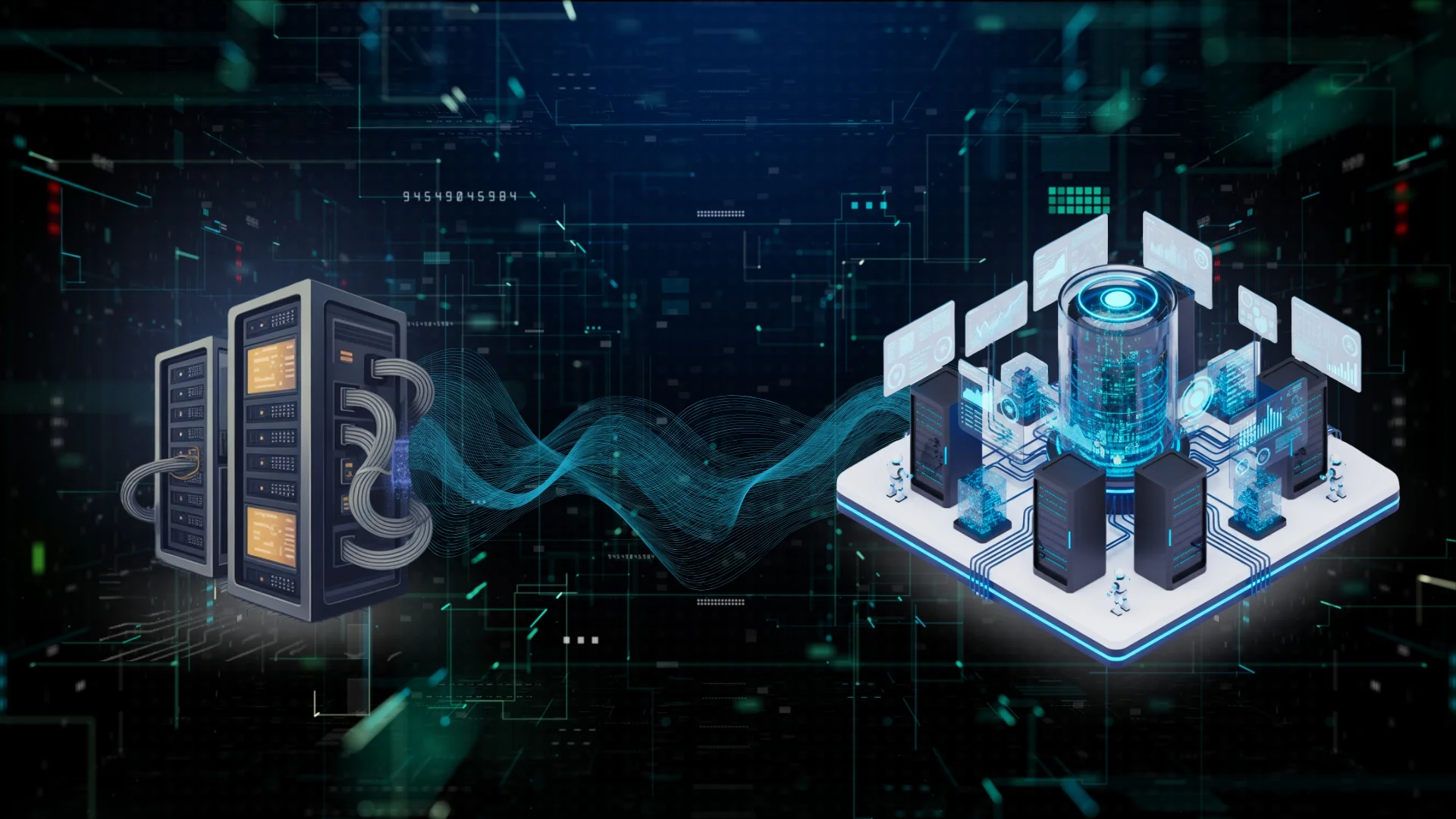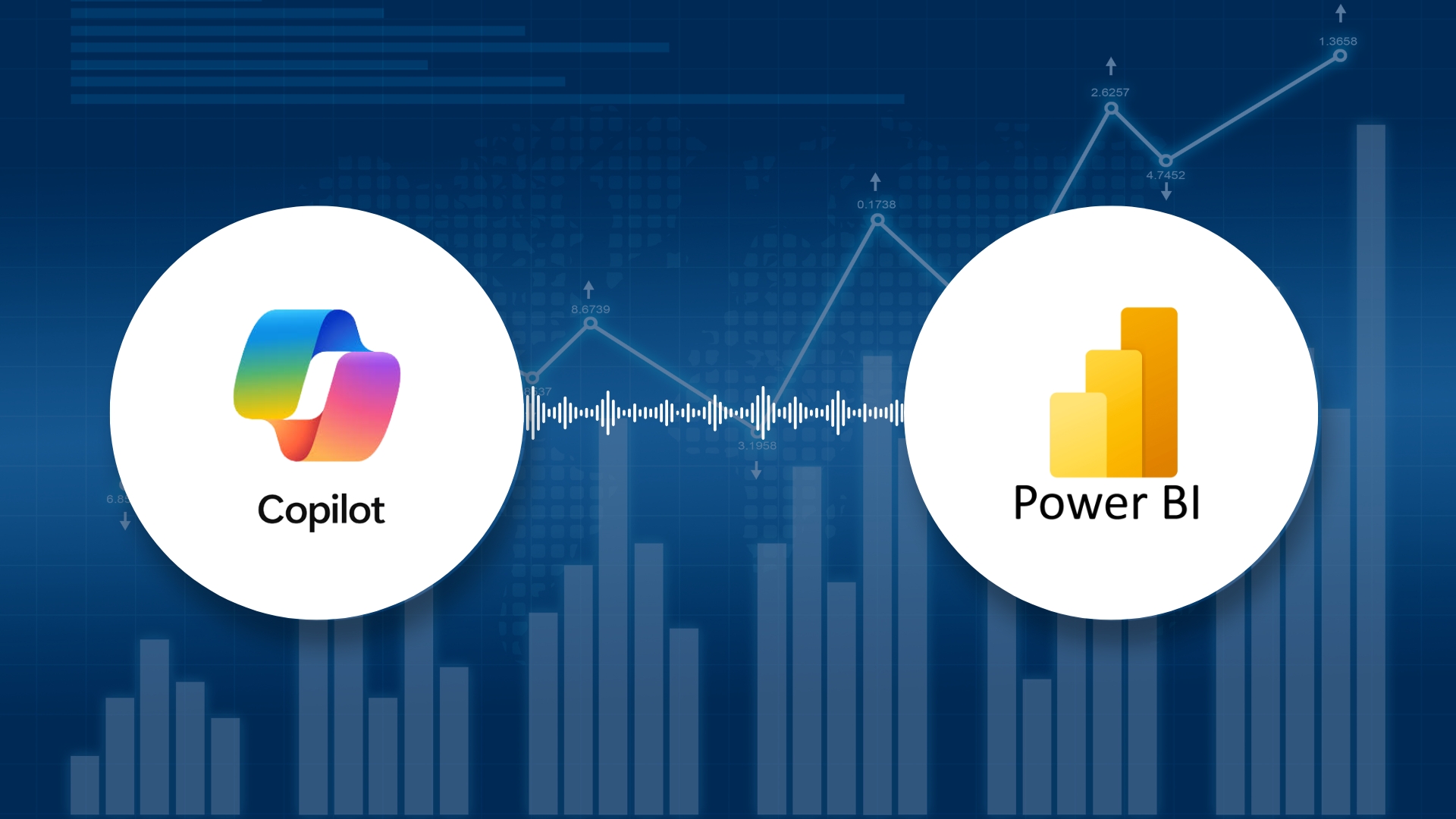What It Means for Enterprise AI Readiness
Introduction
The Artificial Intelligence (AI) era has progressed beyond experimentation and is now in the “exploring opportunities” stage. Enterprises are no longer hesitant to invest in AI. With rising demand and the tremendous speed at which companies are adopting to new frontiers, the big question is- How fast can service-based companies scale?
The answer lies in the foundation. At Fabcon Vienna 2025, Microsoft Fabric announced a major leap forward in its delivery of AI data readiness.
Table of Contents
The Fabric Evolution
Microsoft unveiled several major capabilities designed to move enterprises from data unification to contextual, actionable intelligence:
- Graph in Fabric: A low/no-code platform to model and analyze relationships across enterprise data. This means relationships across customer networks, supply chains, and partner ecosystems can now be easily visualized for decision-making, starting from October 1, 2025.
- Maps in Fabric: Through the combination of streaming analytics, geospatial mapping, and contextual mapping, Microsoft Fabric Maps can help you extract location-based insights. This will enable businesses to enhance awareness and respond to operational challenges in real-time.
- OneLake upgrades: Copying the data into SQL servers consumed six hours per day. But now, through the Zero-copy, Zero-ETL approach, you can instantly connect to the data regardless of the cloud, database, engine, format, or vendor. In addition to this, expanded mirroring (Oracle, Google BigQuery), secure governance controls, and integration with Azure AI Search all has strengthened Fabric’s unified data lake.
- Developer-first enhancements: Extensibility Toolkit, Model Context Protocol (MCP), and tighter integration with GitHub and Visual Studio which simplify AI application development and scaling.
In addition to this, Microsoft Fabric has released horizontal tabs for open items. This supports multiple active workspaces, and the new object explorer makes Fabric faster, smoother, and more intuitive.
Why It Matters for Enterprises
The ultimate need of companies across the world is to have centralized data. Today, through Microsoft Fabric, the possibilities of connecting data across a wide spectrum and utilizing it continue to expand.
With Graph, Maps, and OneLake enhancements, businesses can:
- Analyze and understand hidden relationships in customers, supply chains, and operations.
- Add geospatial intelligence to decision-making.
- Scale AI agents faster with context-rich, governed data.
- Break down silos and connect every function with a single data foundation.
This shift has certainly transformed AI from being a back-office experiment to a frontline enabler of faster, smarter, and customer-centric decision-making.
Sparity’s Edge
At Sparity, we strongly support Microsoft Fabric’s vision announced at FabCon Europe, which is about moving beyond data unification to deliver AI-ready and context-rich platforms for organizations.
We believe that the future of AI is beyond centralizing data and it is about empowering AI to act with intelligence and purpose.
Sparity, as a proud Microsoft Fabric Partner, with 100% Certified developers is helping organizations adapt to and maximize Microsoft Fabric’s evolving capabilities. With our BI Port 3.0 migration accelerator, we are providing a fast, secure, and future-ready pathway from Legacy BI platforms to Microsoft Fabric.
By combining Microsoft Fabric’s powerful capabilities with our migration accelerators and data modernization expertise, we ensure our clients are positioned to lead in the AI era.
At Sparity, we plan to combine these innovations with our expertise to deliver transformation across four key areas:
- BI migration to Fabric: Moving from legacy BI platforms into Microsoft Fabric’s AI-ready foundation.
- Data ecosystem modernization: Unifying, securing, and enriching data with OneLake, Graph, and Maps.
- AI agent enablement: Helping enterprises build, deploy, and scale AI-driven agents that act with live business context.
- Governance and scalability: Ensuring data platforms are not just intelligent, but enterprise-grade, secure, and future-proof.
Conclusion
Thus, it can be concluded that the next era of AI belongs to the organizations that build platforms and not just solutions. Microsoft Fabric’s latest evolution from Graph and Maps to OneLake and Azure AI foundry integration enables enterprises to move beyond fragmented data strategies to a future that relates to intelligent and AI-ready operations.
The foundation for AI readiness is here. The question is – are you ready to lead?
Connect with Sparity today to unlock the full potential of Microsoft Fabric for your enterprise.















